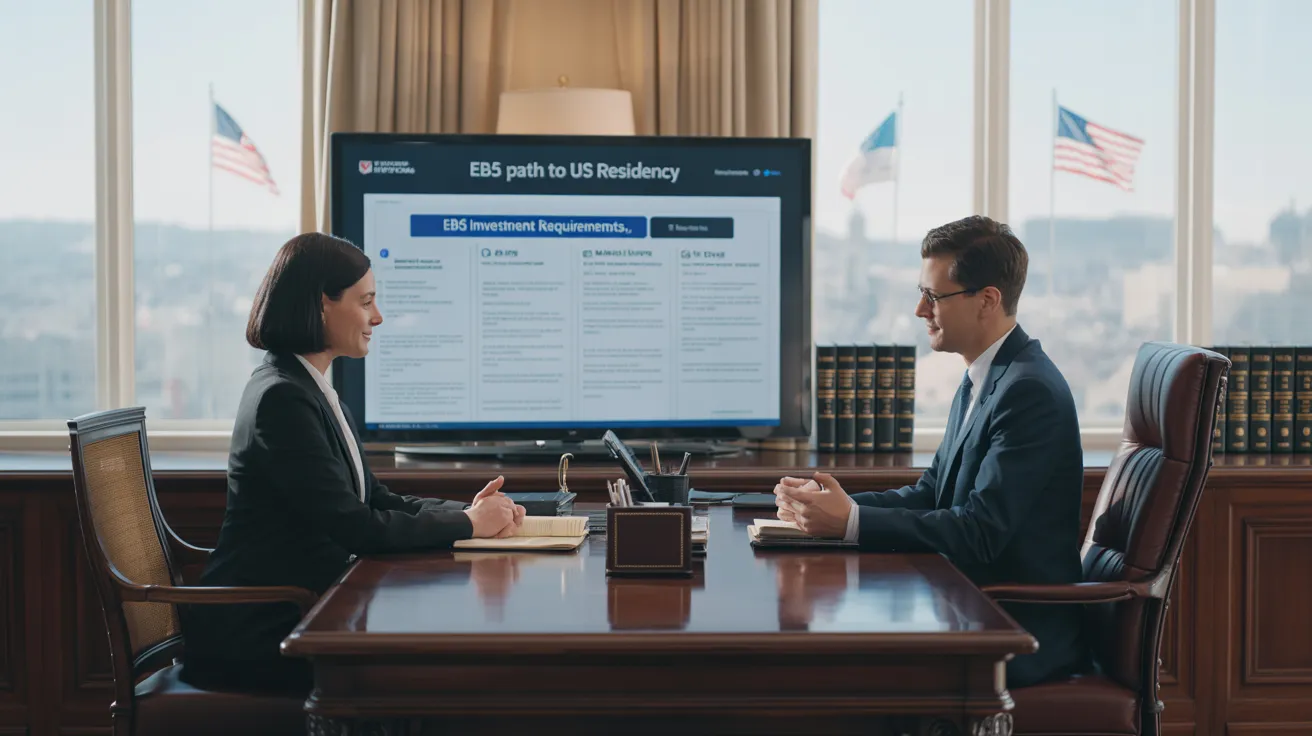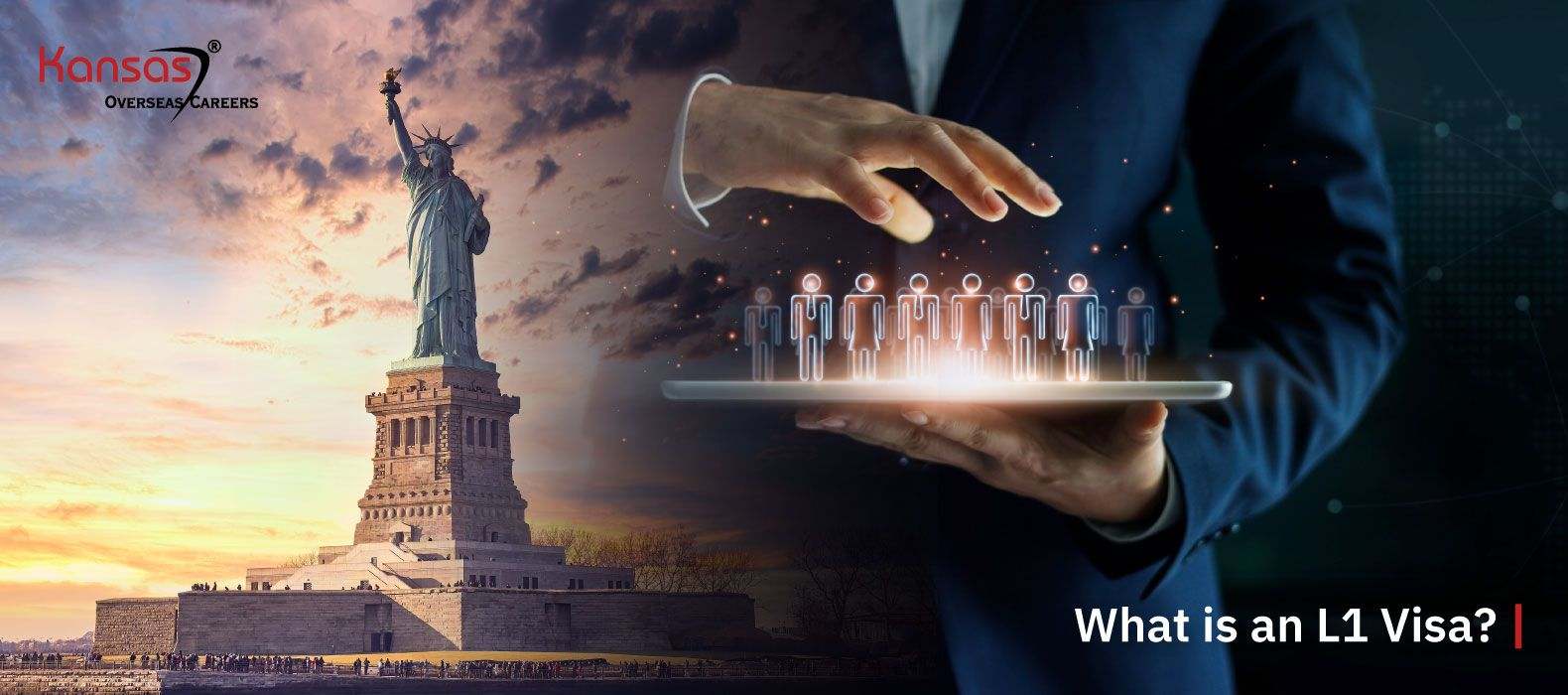What Does L1 Visa Do?
Table of ContentsEverything about L1 VisaL1 Visa Can Be Fun For EveryoneThe 7-Second Trick For L1 VisaThe Basic Principles Of L1 Visa Getting The L1 copyright WorkThe Facts About L1 Visa Revealed
Readily Available from ProQuest Dissertations & Theses Worldwide; Social Scientific Research Premium Collection. DHS Workplace of the Inspector General. Fetched 2023-03-26.
U.S. Division of State. Gotten 2023-02-08. Tamen, Joan Fleischer (August 10, 2013).
The Single Strategy To Use For L1 Visa
In order to be qualified for the L-1 visa, the foreign company abroad where the Beneficiary was used and the United state firm should have a certifying partnership at the time of the transfer. The different types of qualifying connections are: 1.
Firm A has 100% of the shares of Company B.Company A is the Parent and Business B is a subsidiary. There is a certifying partnership in between the 2 firms and Firm B must be able to fund the Recipient.
Example 2: Company A is included in the U - L1 Visa.S. and wants to petition the Recipient. Firm B is integrated in Indonesia and utilizes the Beneficiary. Business A has 40% of Firm B. The continuing to be 60% is had and regulated by Company C, which has no relationship to Firm A.Since Business A and B do not have a parent-subsidiary connection, Company A can not fund the Recipient for L-1.
Instance 3: Firm A is incorporated in the U.S. and wishes to request the Beneficiary. Business B is integrated in Indonesia and uses the Recipient. Firm A possesses 40% of Firm B. The staying 60% is owned by Business C, which has no relationship to Business A. Nonetheless, Firm A, by official arrangement, controls and complete manages Firm B.Since Firm A has less than 50% of Business B yet manages and controls the business, there is a qualifying parent-subsidiary partnership and Business A can fund the Recipient for L-1.
Some Ideas on L1 Visa You Should Know
Affiliate: An associate is 1 of 2 subsidiaries thar are both had and controlled by the same parent or individual, or had and regulated by the exact same group of individuals, in essentially the exact same proportions. a. Instance 1: Firm A is incorporated in Ghana and employs the Beneficiary. Company B is integrated in the united state
Company C, additionally integrated in Ghana, has 100% of Business A and 100% of Company B.Therefore, Company A and Business B are "associates" or sister companies and a certifying relationship exists in between the 2 business. Firm B need to have the ability to fund the Beneficiary. b. Instance 2: Firm A is integrated in the U.S.
Business A is 60% owned by Mrs. Smith, 20% owned by Mr. Doe, and 20% possessed by Ms. Brown. Business B is included in Colombia and presently employs the Beneficiary. read more Firm B is 65% had by Mrs. Smith, 15% owned by Mr. Doe, and 20% possessed by Ms. Brown. Business A and Company B are associates and have a certifying relationship in 2 different ways: Mrs.
The L-1 visa is an employment-based visa group established by Congress in 1970, enabling multinational firms to transfer their managers, execs, or vital workers to their united state operations. It is generally described as the intracompany transferee visa. There are 2 primary sorts of L-1 visas: L-1A and L-1B. These types appropriate for workers employed in different positions within a company.

Additionally, the beneficiary has to have operated in a supervisory, exec, or specialized employee setting for one year within the three years preceding the L-1A application in the foreign firm. For brand-new workplace applications, international employment needs to have been in a managerial or executive capacity if the beneficiary is pertaining to the USA to function as a manager or executive.
What Does L1 Visa Mean?

If granted for a united state business operational for even more than one year, the first L-1B visa is for up to 3 years and can be expanded for an extra 2 years (L1 Visa). On the other hand, if the U.S. business is recently developed or has actually been operational for much less than one year, the preliminary L-1B visa is provided for one year, with expansions available in two-year increments
The L-1 visa is an employment-based visa group developed by L1 Visa Congress in 1970, allowing international business to transfer their managers, execs, or crucial workers to their U.S. operations. It is typically referred to as the intracompany transferee visa. There are 2 major kinds of L-1 visas: L-1A and L-1B. These types appropriate for workers worked with in different positions within a company.
Some Of L1 Visa
Furthermore, the beneficiary needs to have functioned in a supervisory, executive, or specialized employee position for one year within the 3 years coming before the L-1A application in the international business. For brand-new office applications, foreign work has to have been in a supervisory or executive capacity if the recipient is concerning the United States to function as a manager or executive.
for up to seven years to manage the operations of the U.S. associate as an exec or supervisor. If issued for a united state business that has been operational for greater than one year, the L-1A visa is initially provided for as much as three years and can be expanded in two-year increments.
If granted for an U.S. firm operational for greater than one year, the initial L-1B visa is for approximately three years and L1 Visa process can be prolonged for an added 2 years. On the other hand, if the U.S. company is newly established or has actually been functional for less than one year, the initial L-1B visa is issued for one year, with expansions offered in two-year increments.